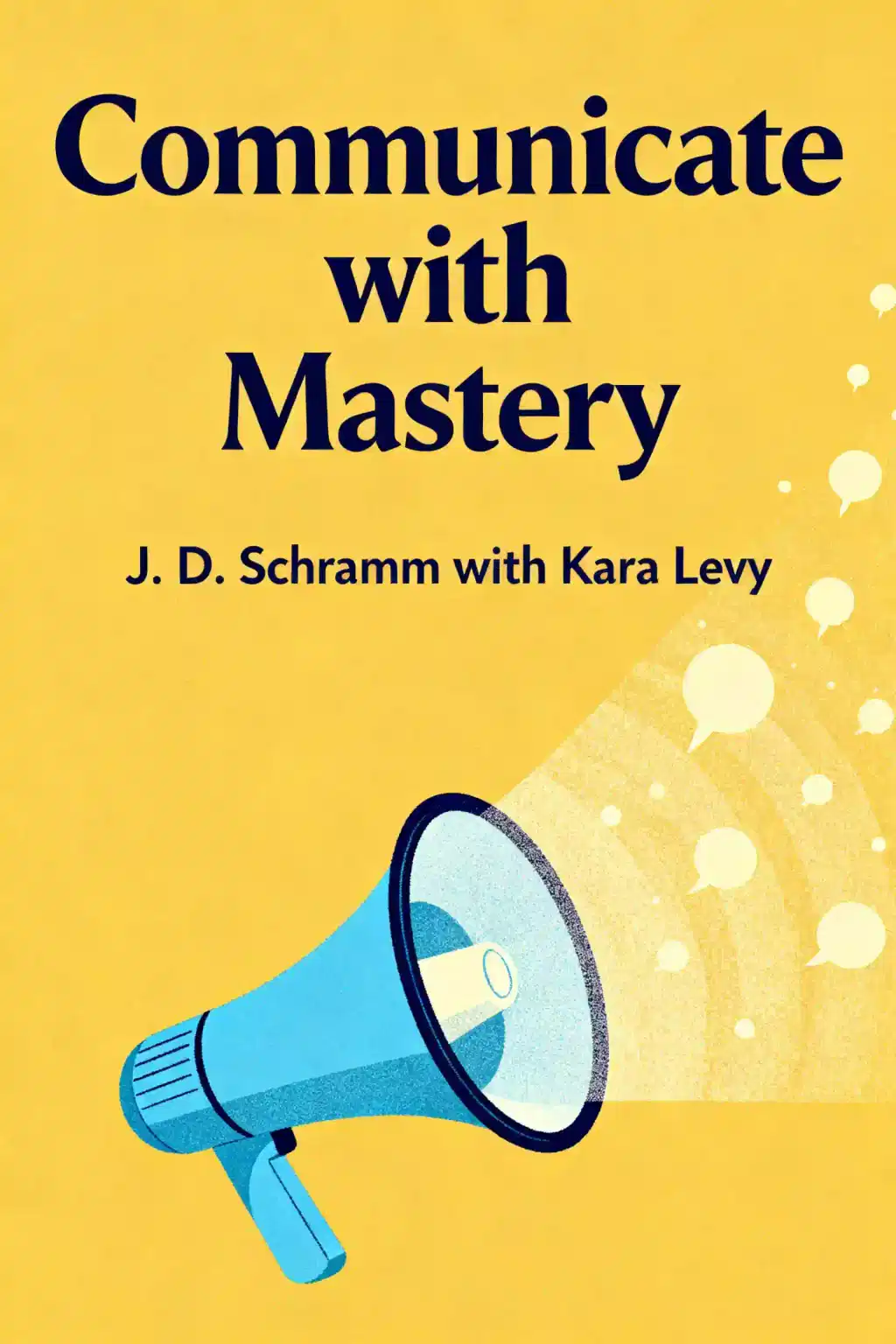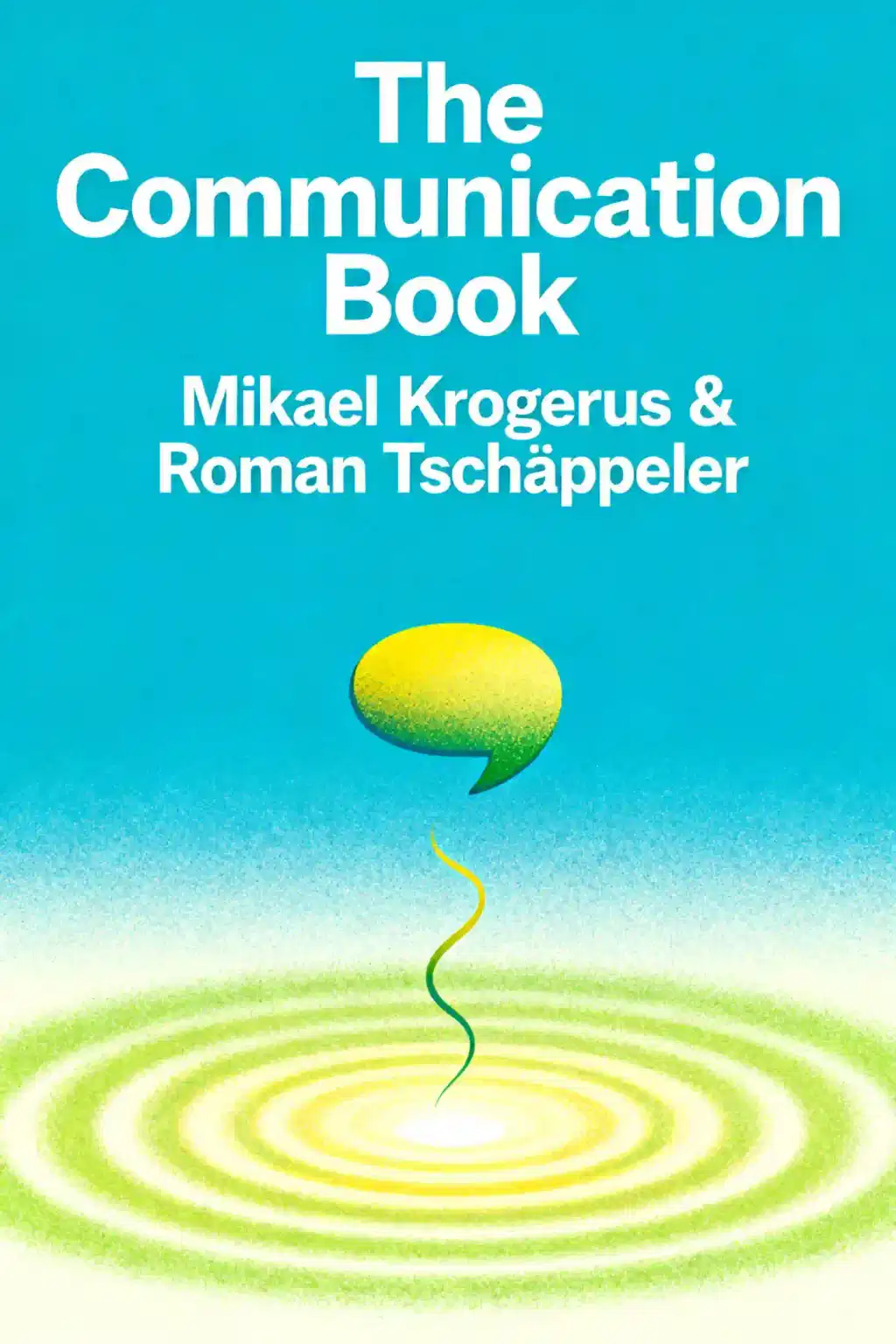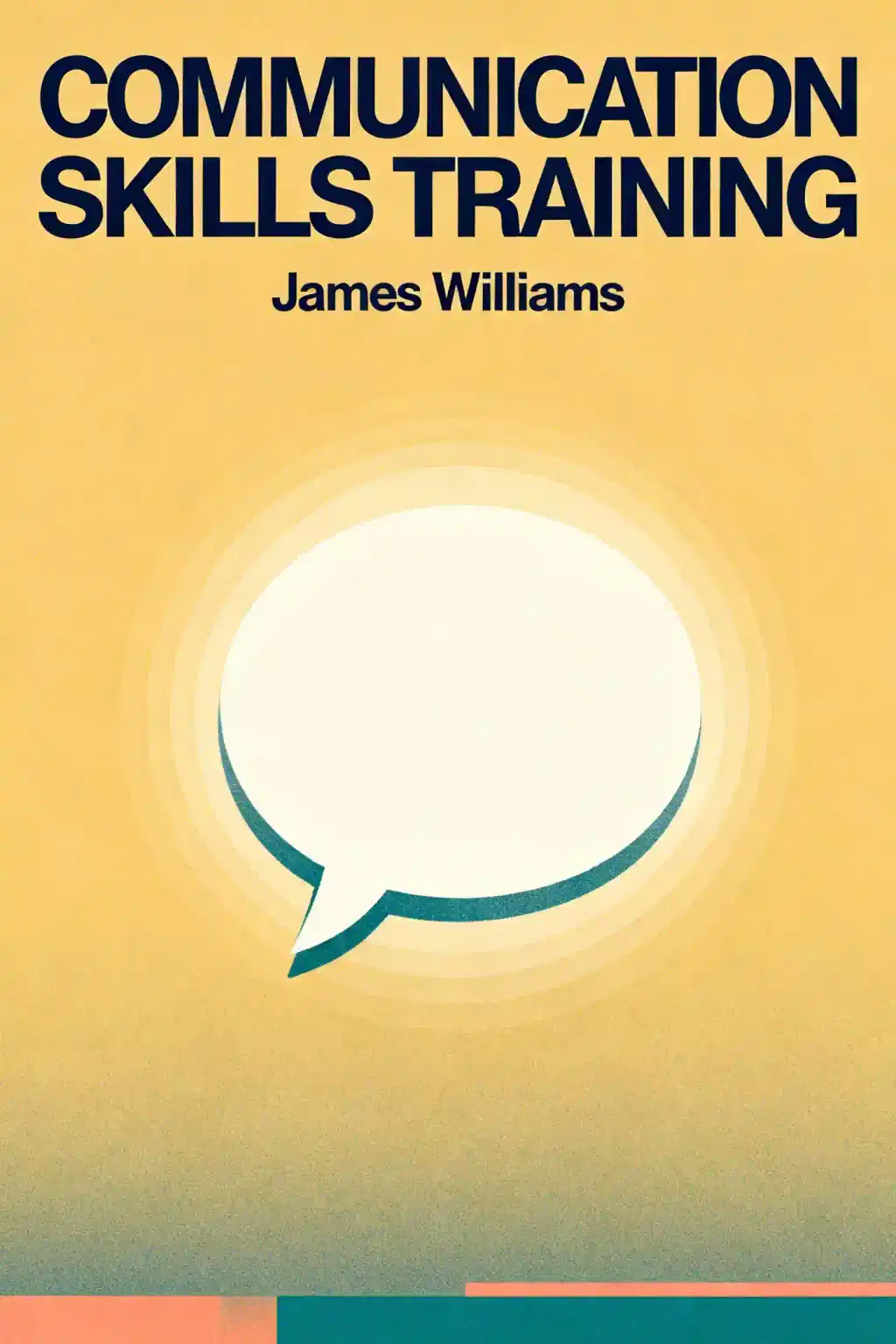What is
Communicate to Influence by Ben Decker about?
Communicate to Influence is a practical guide for professionals seeking to master persuasive communication. Co-authored by Ben and Kelly Decker, it introduces the Decker Grid framework to structure messages, eliminate nervous habits, and deliver audience-focused presentations. The book emphasizes actionable strategies for workplace scenarios, including virtual meetings and high-stakes pitches, with exercises like video self-analysis to refine skills.
Who should read
Communicate to Influence?
This book targets executives, managers, and team leaders who need to inspire action through presentations, emails, or negotiations. It’s particularly valuable for professionals in sales, HR, or project management seeking to overcome public speaking anxiety, align stakeholders, or lead organizational change.
What is the Decker Grid method?
The Decker Grid is a strategic communication tool that helps speakers clarify their core message by answering four questions: 1) What’s the key takeaway? 2) Why does it matter to the audience? 3) What action should they take? 4) What’s the broader vision? This framework ensures presentations are purposeful and audience-centric.
What are the key takeaways from
Communicate to Influence?
- Audience-first mindset: Tailor messages to listeners’ needs
- Nonverbal mastery: Maintain eye contact for 7-10 seconds per person
- Distillation: Simplify complex ideas into digestible points
- Nervousness management: Replace fidgeting with purposeful gestures
The book stresses that great communicators are made, not born, through deliberate practice.
How does
Communicate to Influence compare to
Crucial Conversations?
While Crucial Conversations focuses on resolving conflicts, Communicate to Influence specializes in structured persuasive messaging. Decker’s approach offers more tactical frameworks like the Grid Method and behavior-modification exercises, whereas Crucial Conversations emphasizes emotional intelligence during tense discussions.
What are common criticisms of
Communicate to Influence?
Some readers find the behavioral exercises overly rigorous, particularly video self-analysis and 7-second eye contact drills. Critics note the methods work best for formal presentations rather than casual conversations, and the structured approach may feel rigid for creative communicators.
How can
Communicate to Influence help with remote presentations?
The book addresses virtual communication challenges, advising on camera positioning, lighting optimization, and compensating for lost nonverbal cues through vocal variety. It includes Zoom-specific tips like using the “gallery view” to simulate audience eye contact.
What leadership communication skills does the book teach?
Key leadership strategies include:
- Aligning teams around shared objectives
- Delivering difficult feedback with empathy
- Using storytelling to make data memorable
- Projecting executive presence through posture and pacing
Does
Communicate to Influence work for non-corporate audiences?
Yes – the principles apply to educators, nonprofit leaders, and creatives pitching ideas. A case study shows how a museum director used the Grid Method to secure donor funding by reframing artifact preservation as community legacy-building.
Why is
Communicate to Influence relevant in 2025?
With hybrid work and AI-generated content dominating workplaces, the book’s human-centric communication techniques help professionals stand out. Updated examples address pitching to algorithm-driven decision-makers while maintaining authentic connection.
How does Ben Decker’s background influence the book’s approach?
Drawing from 20+ years training Fortune 500 leaders, Decker blends corporate pragmatism with spiritual principles from his meditation expertise. This creates a unique focus on mindful communication – staying present under pressure while delivering impactful messages.
Are there downloadable resources with
Communicate to Influence?
Yes – the Decker website provides supplementary materials including a self-assessment quiz, presentation templates, and a 30-day habit tracker for eliminating filler words like “um” and “you know”.














